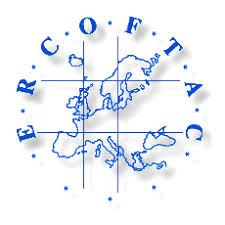 |
|
|
Sponsored by: |
Virtual online workshopDue to the ongoing spread of the new corona virus we decided to organize our workshop and challenge on LPT and DA fully virtual as a ZOOM conference on November 19-20, 2020.
GeneralWe would like to draw your attention to this workshop that is scheduled for November 19 -20, 2020 as a virtual online meeting. Recently several data assimilation (DA) methods have been developed at the junction between experimental and numerical fluid mechanics and aerodynamics. DA allows increasing the spatial and temporal resolution of sparse measurement data and calculating and extracting physical meaningful content like pressure fields, coherent structures or periodic flow features for a better insight into the flow dynamics. We assume you might be interested in participating, sharing your views, experience and of course latest research results within a relatively small and focused community. ScopeMany procedures are nowadays available that increase or enhance the information measured with Particle Image Velocimetry (PIV) or Lagrangian Particle Tracking (LPT) using techniques imported from the CFD and applied mathematics community. The advent of time-resolved and volumetric measurements have multiplied the possibilities with much excitement of PIV and LPT development researchers as well as from the applied fluid mechanics community. The methods range from regularization strategies using the (simplified) Navier-Stokes-equation or the use of the momentum equation to obtain pressure from velocity and acceleration measurements, machine learning, to variational data-assimilation frameworks using adjoint CFD. Since Monday, March 9, 2020 a synthetic test case based on a cylinder wake in an incompressible turbulent boundary layer flow over a flat plate is provided to the participants of two challenges via the above download link resp. headline:
The results delivered by the participants of the challenge by mid of July will be compared with and assessed by physical measures (position, velocity, velocity gradients, pressure, etc.) of the full LES input data. The presentation of the challenge results will cover one-half day of the workshop. |


